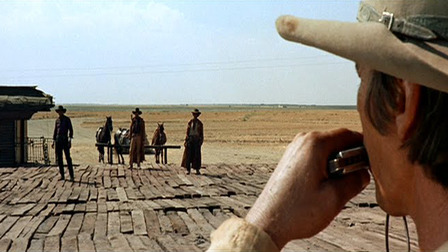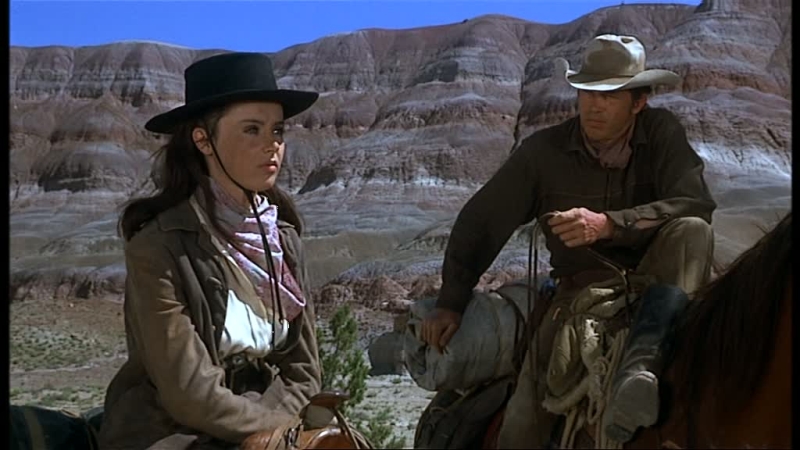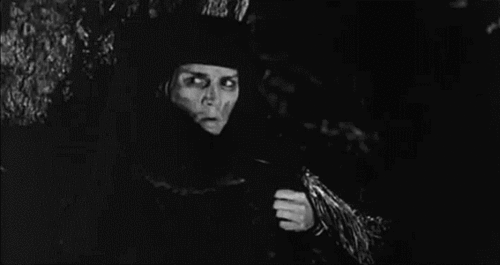This was done for Not Coming to a Theater Near You (notcoming.com) in April 2013, and the questions were put by Rumsey Taylor. — J.R.
• We’re approaching the acid Western as if it could satisfy a chapter in your book, Midnight Movies. At the time of its writing, how might you and Hoberman have denominated the films that have retroactively become known as acid Westerns (The Shooting, Greaser’s Palace, The Last Movie, El Topo, et al.)?
I can’t speak for Jim Hoberman. As nearly as I can remember, I simply coined the phrase in order to group together several countercultural westerns — which included, by the way, some of the novels of Rudy Wurlitzer as well as some movies.
• The first instance I’ve found of the term “acid Western” occurs in Pauline Kael’s review of El Topo in 1971, and she employs it in derogatory fashion, alluding to the pothead audience that extolled the film — an audience she admittedly did not belong to. Being that your use of the term is more academic, do you think that the acid Western was meant to be viewed under the influence of hallucinogenic substances?
Maybe Kael used the term before I did and I unconsciously borrowed it. I certainly was a pothead in that period, but I probably disliked El topo as much as she did. I don’t know what you mean by “more academic,” unless maybe you mean more thoughtful or accurate. But since Kael or I coined the term, I can’t see how one can ascribe intentionality to the Westerns she or I or both of us might have been talking about. “Meant to be”? I don’t get that. But yes, some of these movies–as well as other movies, of all kinds–were viewed under the influence of hallucinogens.
• How do you feel the more acid-centric, drop-out faction of the counterculture aligns with the politically engaged, anti-capitalist, “make love not war” wing? Wouldn’t these factions have been largely opposed, or is the acid Western perhaps emblematic of their common aims?
You’re speaking in journalistic and/or academic categories — clichés, actually — that correspond to advertising pitches, not people. Some people I knew took acid and/or “dropped out” and/or were politically engaged and/or were anticapitalist and/or countercultural (to varying degrees) and/or wanted to fuck rather than fight. To some extent, I belonged to all of these categories, and so did some of my friends and acquaintances, but I’d hate to reduce any of us to these slogans or demographics. You might belong to any one or two of these labels and still not like any of the “acid westerns,” or you might like one or two or all of them. Fortunately, there were several possibilities, because, rightly or wrong, we all tended to think we were free and not simply suckers in an advertising campaign.

• One of your postulations about the acid Western is that it uses the Western genre as a framework in which to advance a critique of conventional models of capitalism. Wouldn’t this make the acid Western adjacent to some of Sergio Leone’s Westerns, specifically Once Upon a Time in the West, which is in a general sense a critique of Hollywood imperialism?
Maybe it was that, but I didn’t take it as such at the time — I took it as a sadistic form of high opera that valorized macho violence as well as capitalism and was liked for pretentious and/or campy reasons. But my response probably wasn’t at all typical. I recall liking the Morricone theme song, but not much else.
• Do you think that the acid Western has its most integral component in a 60s counterculture audience, and as such may no longer exist in its truest form? The poor commercial performance of Dead Man, for example, indicates that the film may have been orphaned from its proper context.

It’s my own impression that Dead Man actually did quite well commercially, at least over time. (Somehow, I suspect that my Dead Man book wouldn’t have gone into a 2nd edition and been translated into French, Czech, and Persian if its subject had flopped commercially.) Don’t confuse the obtuseness of Harvey Weinstein at the time of the original release with the world market between then and now, or even necessarily with the American market. And what about the Native American market, which the film explicitly addresses? I think the film did and does address some countercultural currents in its audience, wherever and whenever these currents happen to be, which doesn’t make either it or any of its fans orphans. It never played for or to any 60s audiences, so it’s fruitless to speculate about that, but when it came out three decades later, it clearly wasn’t speaking to a void.





